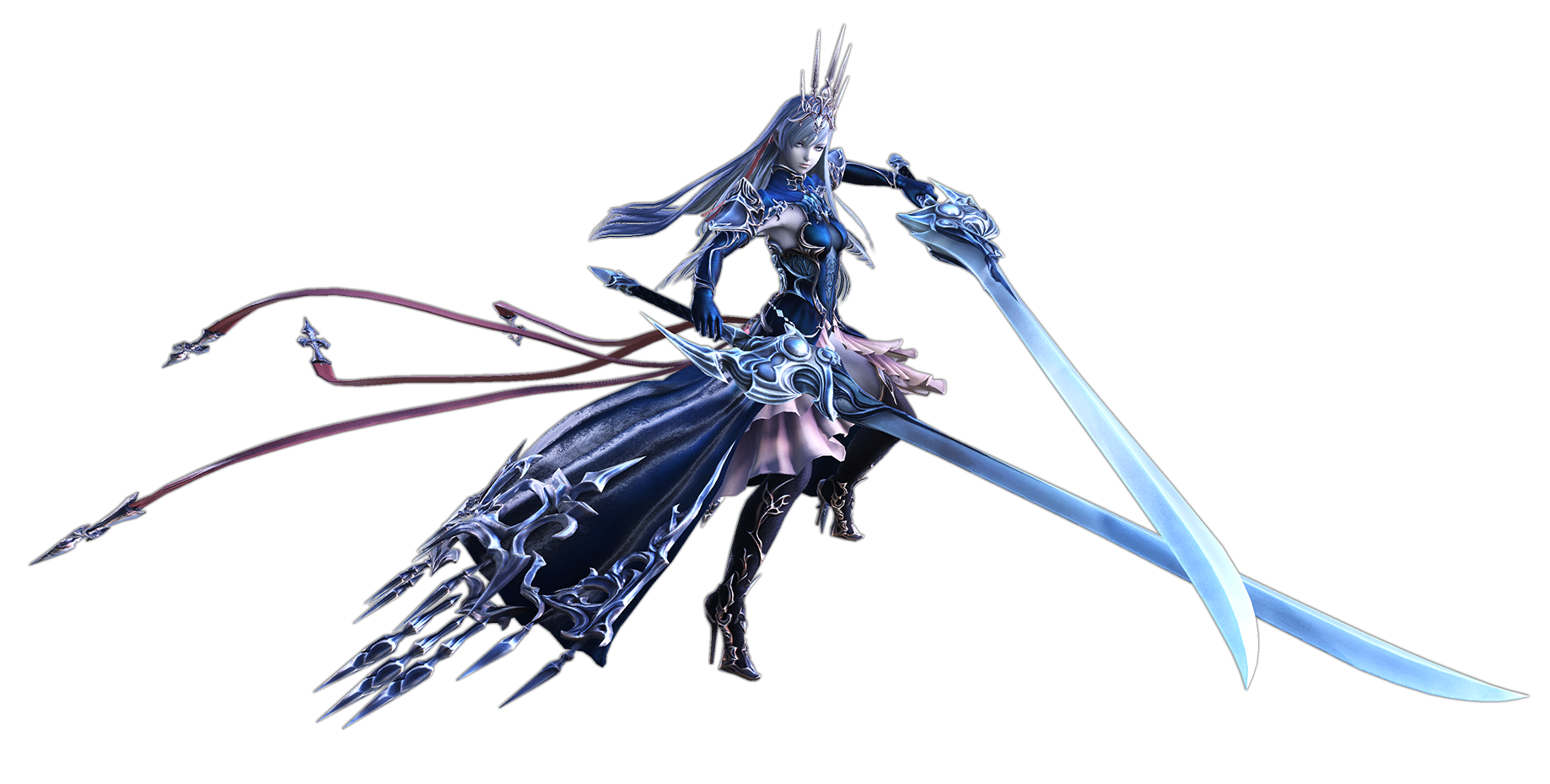Written in 2024

When Seiken Densetsu and "Tales of" games had their Undine, strangely, "Final Fantasy" used Shiva as an ice goddess.
She was one of the first summons that were availailable in the series as part of Final Fantasy III. Summoners, Sages and Evokers could call upon her after obtaining a certain Ice spell.
Ever since, Shiva has appeared in every Final Fantasy game and most of the fringe games. Especially famous is her appearance in Final Fantasy VII, where she was one of the visually impressive summons that made this game so famous.
Usually, Shiva is depicted as a woman with blue hair, and her attribute is always ice. In later games, she always was displayed with icedust and other visual clues that show just how cold the air around her is.

Unlike other parts of this series of articles, where the in-game depictions of divine beings are pretty similar to the original story / legend (check out Valkyrie), with Shiva, it's different.
Shiva is one of the main divine beings in Hinduism, and in Shivanism, Shiva is even considered the manifestation of the highest entity. Shiva stands for new beginnigs, creation and destruction. As part of the hinduistic trinity, Shiva is the part responsible for destruction.
Other than sometimes depicted with grey or blueish skin, there is no connection between Final Fantasy's Shiva and one from Hinduism. Neither is Shiva female, nor in any way associated with ice or water as an element.
However, God transcends gender in Hinduism, and so there can be male as well as female depictions. It is said that Shiva, while being in the mortal world, lives in the Himalayan mountains. Maybe the creators of Final Fantasy III assumed that Himalaya = cold = ice = Shiva.